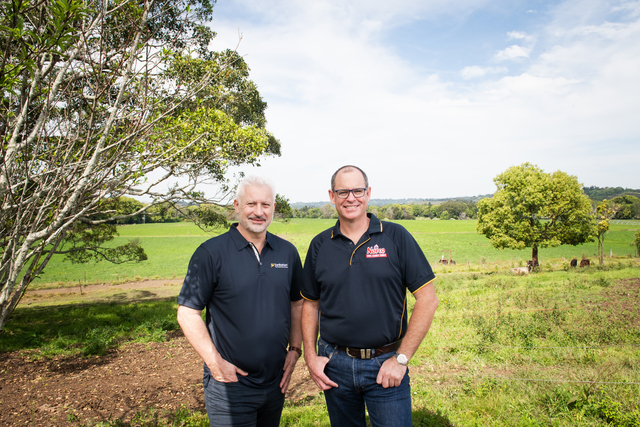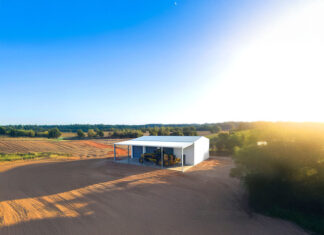
Cost-of-living crisis aside, shoppers remain passionate about supporting Australian brands and hard-working farmers.
New research, however, has identified mass confusion in the market with an overwhelming number of shoppers inadvertently buying foreign-owned products in their attempt to buy “Aussie owned“.
This has prompted a coalition of food businesses to join forces to educate on what constitutes Australian owned.
Research from Norco shows a third (30pc) of shoppers have increased their support for Australian brands over the past two years, with many prepared to pay more if the money stays in Australia or returns to support hardworking farmers and their communities.
Australian Made vs Australian Owned
Despite the best intentions to support Aussie owned, the data revealed an overwhelming majority of shoppers (81pc) are actively buying foreign owned, with many simply relying on what they believe to be iconic Aussie brands.
Adding to the confusion, more than half of shoppers (56pc) simply look for the Australian made logo to inform their selection, with only one in 10 consumers doing their own research to make fully informed decisions.
Norco chief executive officer Michael Hampson said that while he was pleased with shopper support for Australian owned, it was disappointing to see the scale of confusion.
“What’s clear from the research, is that if we want to protect what’s left of our iconic and authentically Australian brands, there needs to be a greater conversation and further education around the difference between Australian made and Australian owned,” he says.
Under Australian Consumer Law, most foods produced, grown or made in Australia must display a label with the kangaroo triangle symbol or some statement indicating the food was produced, grown or made in Australia.
This, however, does not mean Australian owned.
Hampson adds: “While anything that drives jobs creation and economic activity in Australia is a good thing, it’s still important to know that many foreign-owned companies can still use this labelling.
“The big difference with ‘authentically Australian’ brands and products – those that are both Australian made and 100pc Australian owned – is that the money remains here in Australia and is not siphoned offshore.
“This means it can then be reinvested back into Australia and regional communities which, in turn, creates more jobs, can better support our hardworking farmers, while helping to sustain the industries in which they operate,” he says.
Iconic Aussie Brands Unite to Discuss Country of Ownership Labelling
Reinforcing shopper confusion, two thirds (66pc) of Australians claim they would buy more Australian made and owned products if the information was readily available but claim it’s hard to tell, with nearly three quarters (73pc) believing “country of ownership“ information should be included on all food labels.
The notion has prompted bosses of major Australian food brands – including Norco, SPC, Sanitarium, Mayvers Foods and Sunshine Sugar – to join forces to explore the concept.
Michael Hampson believes it’s an interesting and worthwhile conversation to have.
“There is a clear desire among Aussie shoppers to support authentically Australian (Australian made and owned) brands and, as a 100pc Australian farmer-owned co-operative, this is extremely heartening to see.
“But the fact remains that many household brands we all grew up with are sadly no longer Australian owned, so clearer labelling could be beneficial in helping to combat this widespread shopper confusion,” he says.
Following this, the coalition of “Aussie food bosses“ are urging consumers to arm themselves with knowledge and do their own research into which companies and products remain Australian owned.
As an easy first step, they’re encouraging consumers to download the Bring Back Australia App, which is uniquely designed to support and identify Australian-owned brands with a simple barcode scan.






